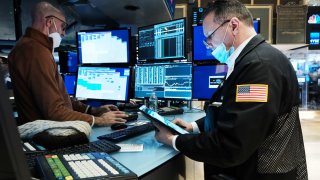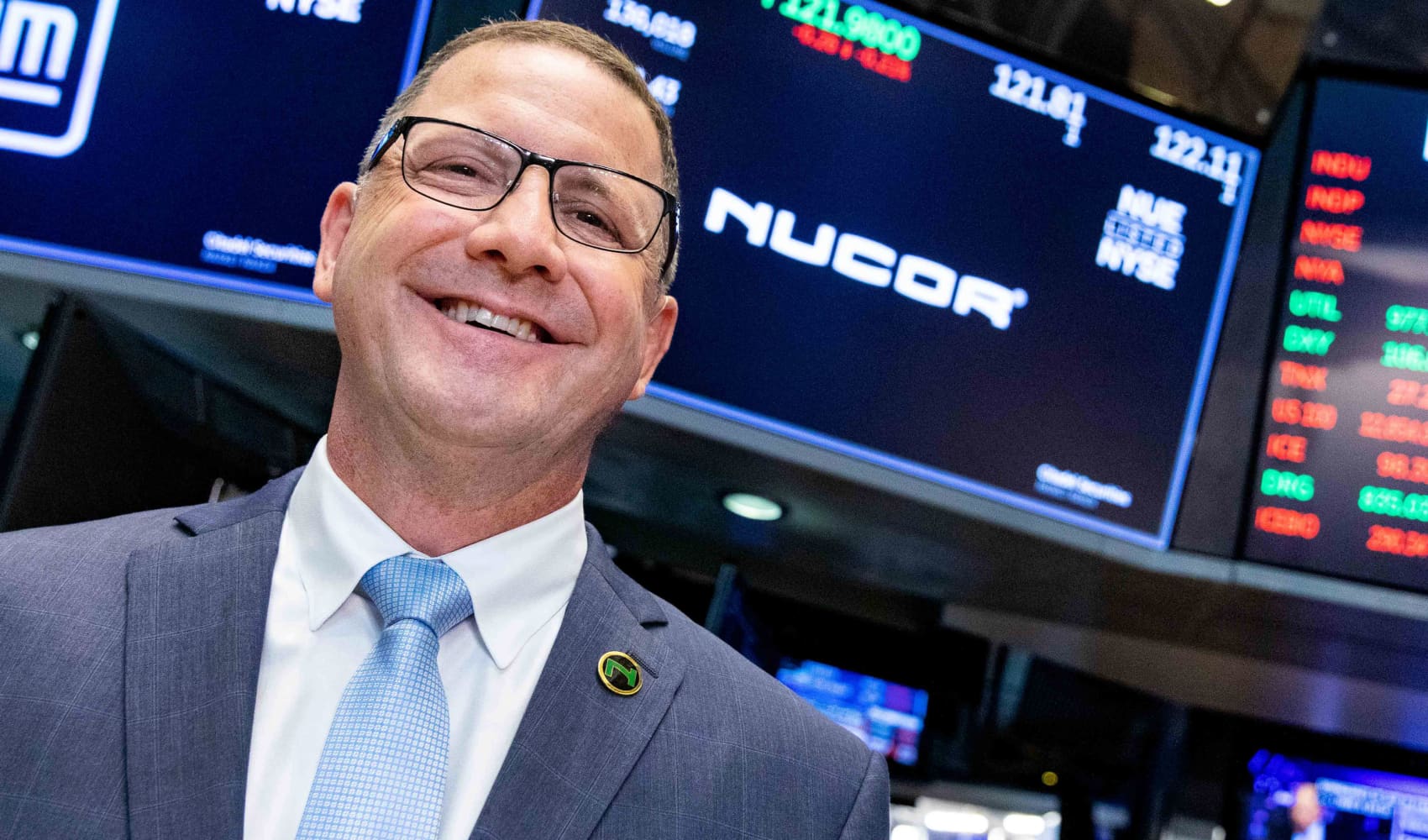
- Economists have been calling for tougher policy from the Federal Reserve, including raising interest rates by a half-point in March.
- Indeed, the inflation data has been hot, and it’s fine for the central bank to take a measured approach toward normalizing rate policy.
- However, drastic inflation-cutting measures still won’t address other key issues hampering the economy, including the chip shortage and the wave of early retirees due to the pandemic.
St. Louis Federal Reserve president James Bullard, Bank of America's chief economist Ethan Harris and Goldman Sachs are all either calling for or predicting a much more aggressive move by the Fed to do everything in its power to stop the rise in inflation.
To be sure, the inflation data has been terrible — the worst in 40 years, as we have heard repeatedly.
Some are suggesting that inflation is becoming permanently embedded in our economic future. Nothing is permanent, by the way.
Get DFW local news, weather forecasts and entertainment stories to your inbox. Sign up for NBC DFW newsletters.
While still others are suggesting that the Fed is so far "behind the curve" that it will have to be Volcker-like –— in other words, draconian — in its efforts to put an end to price hikes.
The calls have included raising rates by a half-point at the next Fed meeting and by another quarter-point at every meeting thereafter.
Many also want Fed Chair Jerome Powell and company to end the central bank's bond-buying program known as quantitative easing, which it's already doing, but they want it to end yesterday.
Money Report
They also want the Fed to immediately reduce the size of its nearly $9 trillion balance sheet, not just through its bond holdings "rolling off," or maturing, but also through the outright sale of those bonds, as well. Try doing that while running trillion-dollar deficits.
While I am fine with the notion of the Federal Reserve normalizing interest policy in transparent, measured and controlled steps, I believe the inflation anxiety remains far too panicky for my liking.
Higher prices aren't the only problem
First, I'd love for inflation hawks to explain to me how raising interest rates and making large reductions in the Fed's balance sheet will solve the following problems:
- Relieve the shortage of computer chips that constrains the supply of everything from new cars to household appliances and all manner of goods in short supply, which have been subject to recent price shocks
- Create more than 5 million new housing units, which is the current difference between the nation's housing stock and existing demand
- Reduce the cost of raw materials, many of which have been rising in price due to nonmonetary factors, like tariffs, or artificial supply constraints
- Slash shipping costs, the absence of thousands of truck drivers in the U.S., and surging energy prices, which are rising because of geopolitical risk more than resurgent demand
- Bring more than 3 million early retirees back into the workforce, solve the child-care problems that have kept more than 1 million women out of the workforce and raise more than 900,000 people in the U.S. from the dead
- Lift immigration controls to boost the population which, in 2021, grew by the fewest number of people since the dawn of the republic. Boost the nation's birthrate, which is at a nearly 100-year low
- Vaccinate the remaining portion of the U.S. population that remains at risk of contracting one form of Covid or another to turn the pandemic into an endemic problem
Once those issues are addressed, if prices do not then come down, then take a 1980s approach to inflation: Raise interest rates until a market crash or a recession cools the economy and brings down prices.
Further, the excess personal savings that many have suggested will prop up the economy for years to come have now largely dissipated relative to normal levels.
The personal savings rate peaked during the height of government support measures at nearly 35%, but it has fallen back below 8%. The money is being spent, as the latest retail sales data release suggests.
There is no "Build Back Better" money coming, so those at the bottom quartile of the income distribution will soon exhaust "excess" funds and return to living paycheck-to-paycheck.
Go ahead, Fed, get aggressive. Then let's talk again in the fall.
— Ron Insana is a CNBC contributor and a senior advisor at Schroders.






